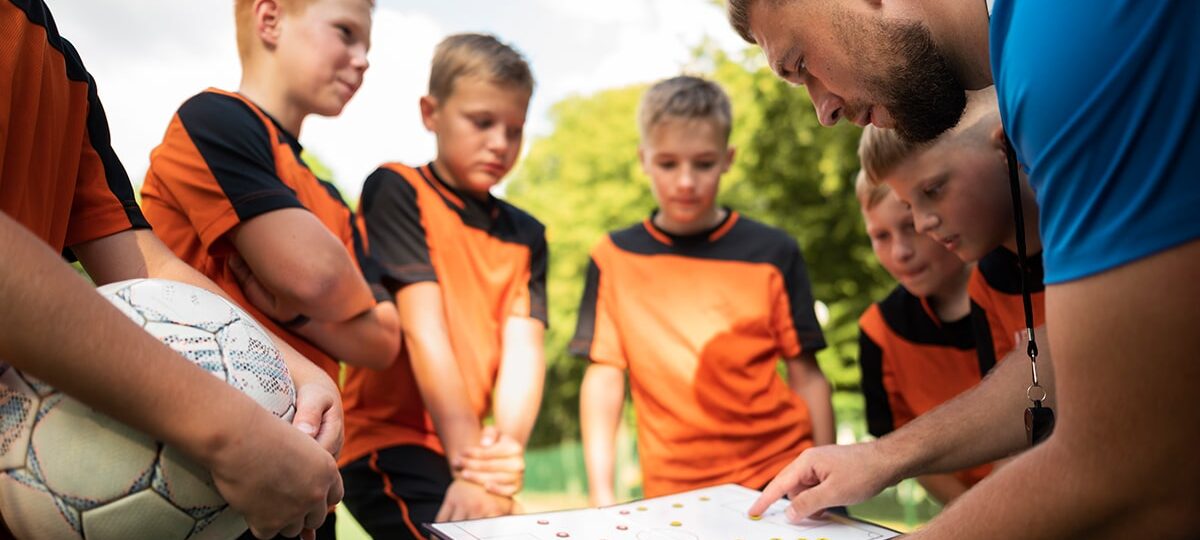As the countdown to the big game intensifies, all eyes are on the key players whose performances could tip the balance in favor of their teams. With injury concerns looming, fitness regimens and recovery strategies are now a critical focus for players aiming to return to peak form. From cutting-edge recovery methods to rigorous training schedules, here’s a look at how some of the sport’s biggest names are preparing to take the field.
The Road to Recovery: Physical Therapy and Rehab
Injuries are part and parcel of any sport, but the pressure to return to action before a major game is unparalleled. For many players, the journey begins with intensive physical therapy and rehab. After sustaining a knee injury, [Player A], a star forward in the [Sport], has been undergoing daily physiotherapy sessions to strengthen the muscles around the joint and improve stability. Rehabilitation involves not only physical exercises but also mental preparation, as athletes need to regain confidence in their bodies before stepping back onto the field.
The Importance of Rest and Recovery
While physical therapy is essential, rest remains just as crucial. [Player B], a top quarterback for [Team C], has been sidelined with a shoulder issue, but his recovery plan focuses on getting adequate rest to avoid aggravating the injury. Sleep is essential in the healing process, with sleep scientists working alongside sports teams to develop strategies that ensure players get optimal rest before match day. Recovery technologies such as cryotherapy, infrared therapy, and hyperbaric oxygen chambers are also becoming popular methods for reducing inflammation and speeding up muscle recovery.
The Role of Nutrition in Injury Recovery
As much as physical therapy and rest contribute to a player’s recovery, nutrition plays a pivotal role in healing. A balanced diet rich in protein, vitamins, and antioxidants helps to repair tissues and improve performance. For example, [Player D], a professional basketball player recovering from a hamstring strain, has incorporated anti-inflammatory foods such as turmeric, ginger, and leafy greens into his diet. Supplements like collagen protein are also commonly used to support tendon and ligament healing. The right nutritional plan can be the difference between a quick recovery and a prolonged absence.
Mental Toughness: Overcoming the Psychological Hurdles
While physical recovery is key, the mental side of the process is just as important. [Player E], a world-renowned tennis star, has openly discussed how difficult it can be to return after a long injury layoff. Mental health professionals and sports psychologists are now integral members of an athlete’s recovery team, helping them deal with the anxiety, fear, and frustration that come with returning from injury. Visualization techniques and confidence-building exercises are common practices, helping players regain their mental edge before stepping into high-stakes competitions.
Training with a Purpose: Tailored Fitness Plans
Once a player is cleared to return to training, they don’t jump straight back into full-action drills. Instead, training plans are customized to gradually build strength and mobility without risking further injury. For example, [Player F], a soccer sensation, has been following a progressive training schedule that includes light drills, agility work, and strength training—allowing her to ease back into the intensity of game conditions. Sports scientists monitor key metrics such as heart rate, recovery times, and flexibility to ensure players are on track for the big game.
Final Preparations: Peaking at the Right Time
As the big game approaches, players are on high alert to make sure they are at their physical best. Coaches, trainers, and medical staff work together to fine-tune every aspect of the athlete’s preparation, ensuring that they are peaking at the right moment. [Player G], an Olympic sprinter recovering from a back injury, is expected to perform at his best after weeks of carefully structured recovery, training, and rest. The final days leading up to the game often involve lighter training sessions to avoid unnecessary strain, ensuring that the player is physically ready for the intense action.
Conclusion: The Big Game Awaits
The road to recovery is never easy, but for many of the world’s top athletes, the chance to return for a major event is worth every sacrifice. The combination of cutting-edge technology, personalized training, mental resilience, and expert guidance helps ensure that key players are fit and ready for the big game. As fans, we can only wait in anticipation to see how these recovering stars perform when it matters the most.

